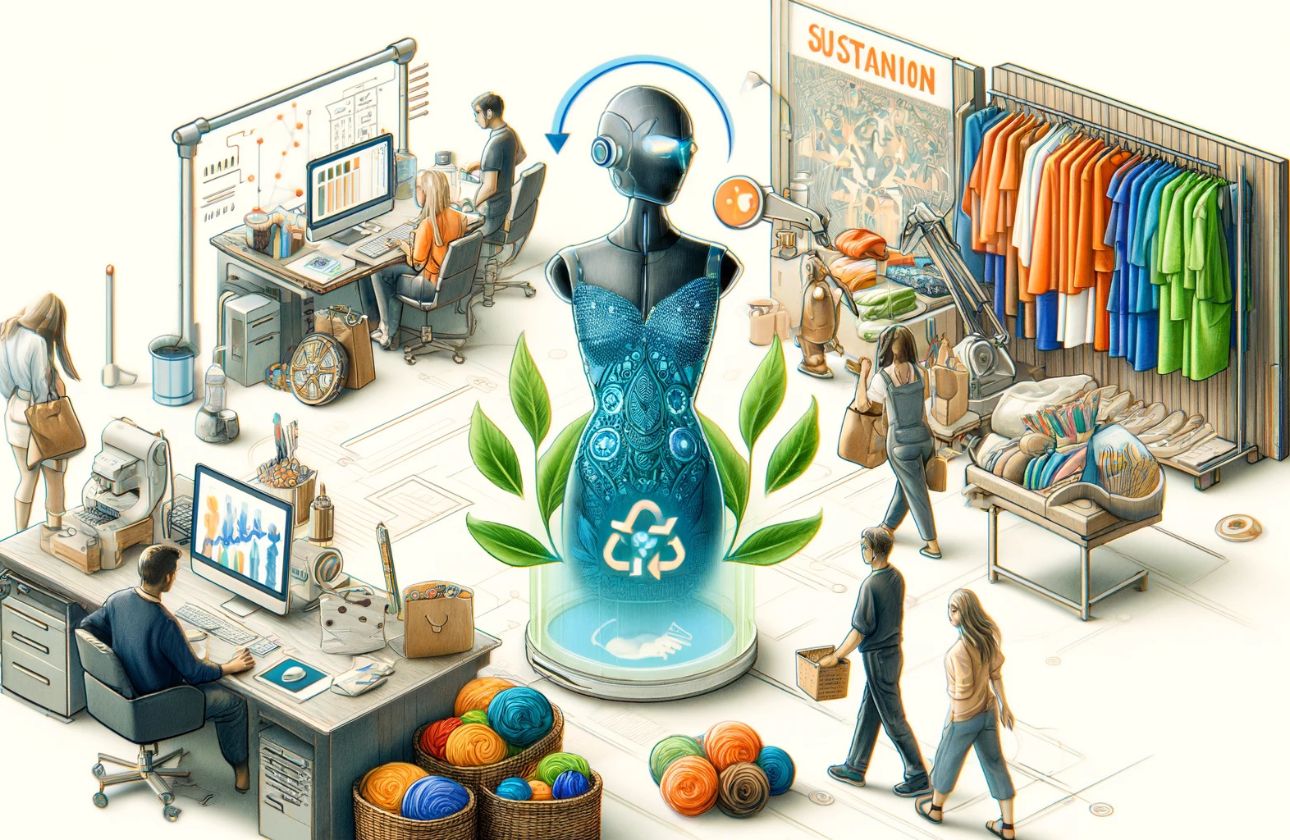The Future of Sustainable Fashion: Innovations Driving Change
Sustainability in fashion has evolved from a buzzword to a critical component of the industry's future. With growing awareness about environmental degradation and social responsibility, the fashion industry is undergoing a significant transformation. As consumers demand more eco-friendly options and ethical practices, innovation is driving the change towards a sustainable future. Here’s how new technologies and ideas are shaping the future of sustainable fashion.
-
Eco-friendly Fabrics and Materials
One of the most significant innovations in sustainable fashion is the development of eco-friendly fabrics. Designers and manufacturers are turning to natural fibers like organic cotton, hemp, and bamboo, which require fewer pesticides and chemicals compared to traditional crops. Additionally, synthetic fabrics are being replaced by recycled materials, such as recycled polyester, which helps reduce waste and lowers the carbon footprint of the production process. -
Circular Fashion: Reuse, Repair, and Recycle
Circular fashion is a game-changing concept that seeks to eliminate waste by designing products that can be reused, repaired, or recycled at the end of their lifecycle. Brands are adopting models that allow consumers to return old garments for recycling or upcycling into new products. By prioritizing longevity and recyclability, circular fashion is reducing the reliance on fast fashion, which is notorious for its contribution to environmental pollution. -
3D Printing and Digital Fabrication
3D printing is emerging as a revolutionary tool in the fashion industry. Designers are now able to create intricate clothing pieces with minimal waste using 3D printing technology. This technology enables precise production, which helps reduce the material waste typically associated with traditional garment manufacturing. Additionally, digital fabrication allows designers to create customized clothing, reducing overproduction and encouraging more responsible consumption. -
Sustainable Dyeing and Water Conservation
The fashion industry is notorious for its excessive water consumption, particularly in the dyeing process. Innovations in dyeing techniques, such as waterless dyeing technologies and plant-based dyes, are significantly reducing the environmental impact of fashion production. Waterless dyeing methods, like the ones pioneered by companies such as DyeCoo, use CO2 to dye fabrics, saving water and reducing harmful chemicals used in traditional dyeing methods. -
Ethical Production and Fair Trade Practices
As consumers become more conscious of the human cost of fashion, brands are increasingly focusing on ethical production practices. Many fashion brands are working to ensure fair wages, safe working conditions, and respect for workers' rights throughout their supply chains. Certification programs like Fair Trade and Ethical Fashion are helping to promote transparency, ensuring that garments are produced under conditions that prioritize both human and environmental welfare. -
Sustainable Packaging
In addition to the clothing itself, packaging is also a major contributor to waste in the fashion industry. Sustainable fashion brands are shifting towards eco-friendly packaging solutions, including biodegradable or recyclable materials. Some companies are even offering reusable packaging options to minimize single-use plastic, thus aligning their packaging practices with sustainable values. -
Consumer Education and Awareness
As sustainability becomes a core principle of the fashion industry, educating consumers about the environmental and social impact of their choices is becoming increasingly important. Brands are investing in transparency and educating consumers on topics like garment care, fabric composition, and the benefits of sustainable fashion choices. By fostering a more informed consumer base, the fashion industry is encouraging more mindful consumption. -
The Rise of Secondhand and Rental Markets
Another major shift in the fashion landscape is the rise of secondhand shopping and clothing rental services. Platforms like ThredUp, Poshmark, and Rent the Runway have made it easier than ever for consumers to buy pre-owned clothing or rent high-end pieces. This model helps extend the lifecycle of garments, reduces waste, and makes fashion more accessible without the need for constant new production.
The future of fashion is undeniably sustainable, and innovation is at the forefront of driving this change. From eco-friendly materials and waterless dyeing techniques to circular fashion and ethical production, the industry is moving toward a more responsible and environmentally conscious model. As technology continues to evolve and consumer awareness grows, the fashion world is poised for a future where sustainability is not just a trend but the norm.



